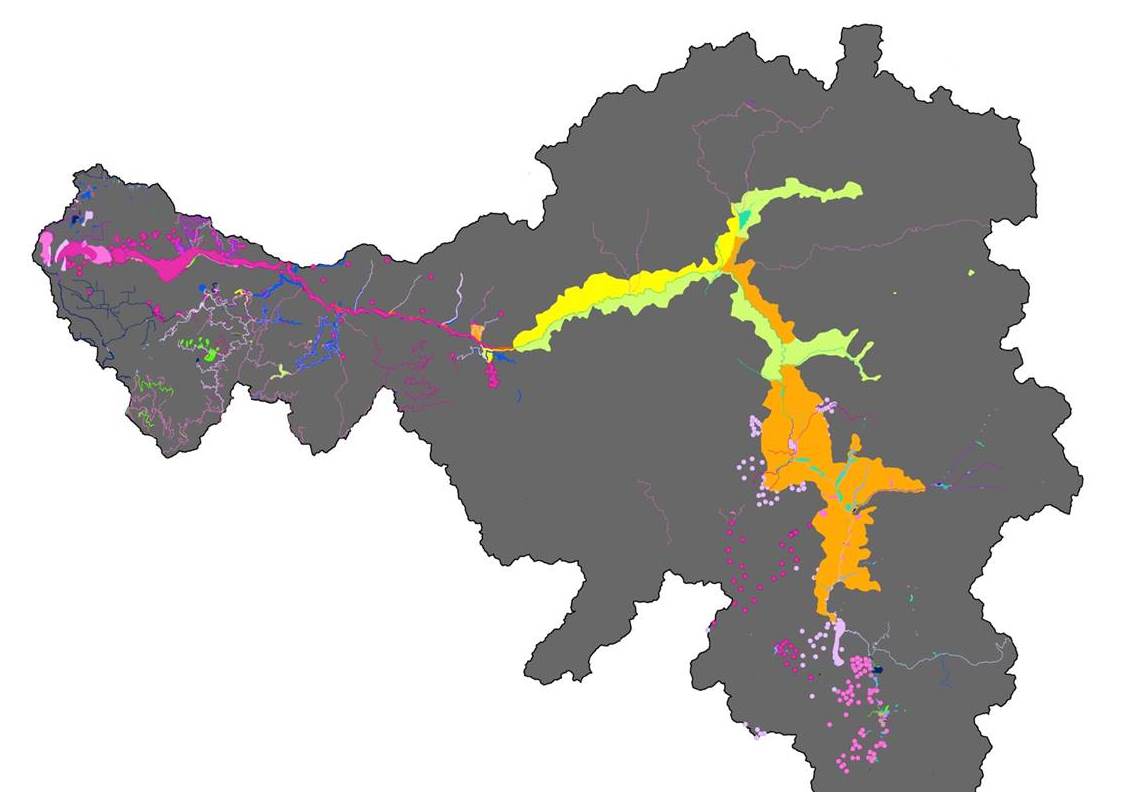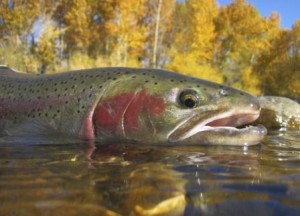Weed management in the area has been part of a collaborative effort since 1995 and continues as such today under the auspices of the Upper Clearwater Cooperative Weed Management Area and the Frank Church-River of No Return CWMA. The US Forest Service (USFS) is the largest weed management stakeholder in the CFLRP project area, managing 95% of the total land. The project area spans two National Forests, two federally designated wilderness areas and four ranger districts. Weed management differs according to these boundaries and also differs according to the four general management categories most affiliated with weed treatment and monitoring in the USFS: designated weed crews, timber harvest, road decommissioning/restoration, and fire management. Additional stakeholders include Idaho County Weed Control (ICWC), the Nez Perce Tribe (NPT), private contractors, the Back Country Horsemen of North Central Idaho (BCHI or NCI), the Montana Conservation Corps (MCC), outfitters and guides, the Selway-Bitterroot Frank Church Foundation (SBFC), and private landowners and volunteers. Despite most stakeholders being member of the two CWMAs mentioned above, the goals, activities, and accomplishments of individual stakeholders can vary tremendously from each other, as well as from those of the CWMAs in which they operate.
Weed inventory has been conducted largely by USFS designated weed crews, ICWC employees and contractors, the NPT and SBFC. Data collection varies from electronic with GPS/GIS to simplified hard copy. Most but not all information is entered in the USFS Natural Resources Manager Threatened Endangered and Sensitive Plants-Invasive Species Integrated Application and tracked with the Forest Service ACtivity Tracking System (hereafter both applications are simplified to FACTS). From 1980-2013, 48 weed species were documented in the project area. The majority of inventory data only indicates the presence of infestations encountered; areas with no infestations documented could be free of weeds, or could simply not have been checked for weeds to date. The NPT Biocontrol Center (NPBC) inventory crew is the one stakeholder which documents all locations covered during inventory efforts. It is unknown what proportion of the project area has been fully inventoried for weeds to date. Most inventory efforts target new areas rather than revisiting and documenting change in previously mapped infestations. Consequently, existing weed inventory data is useful as baseline information but cannot be used to track either treatment efficacy or natural weed spread over time across the project area.




